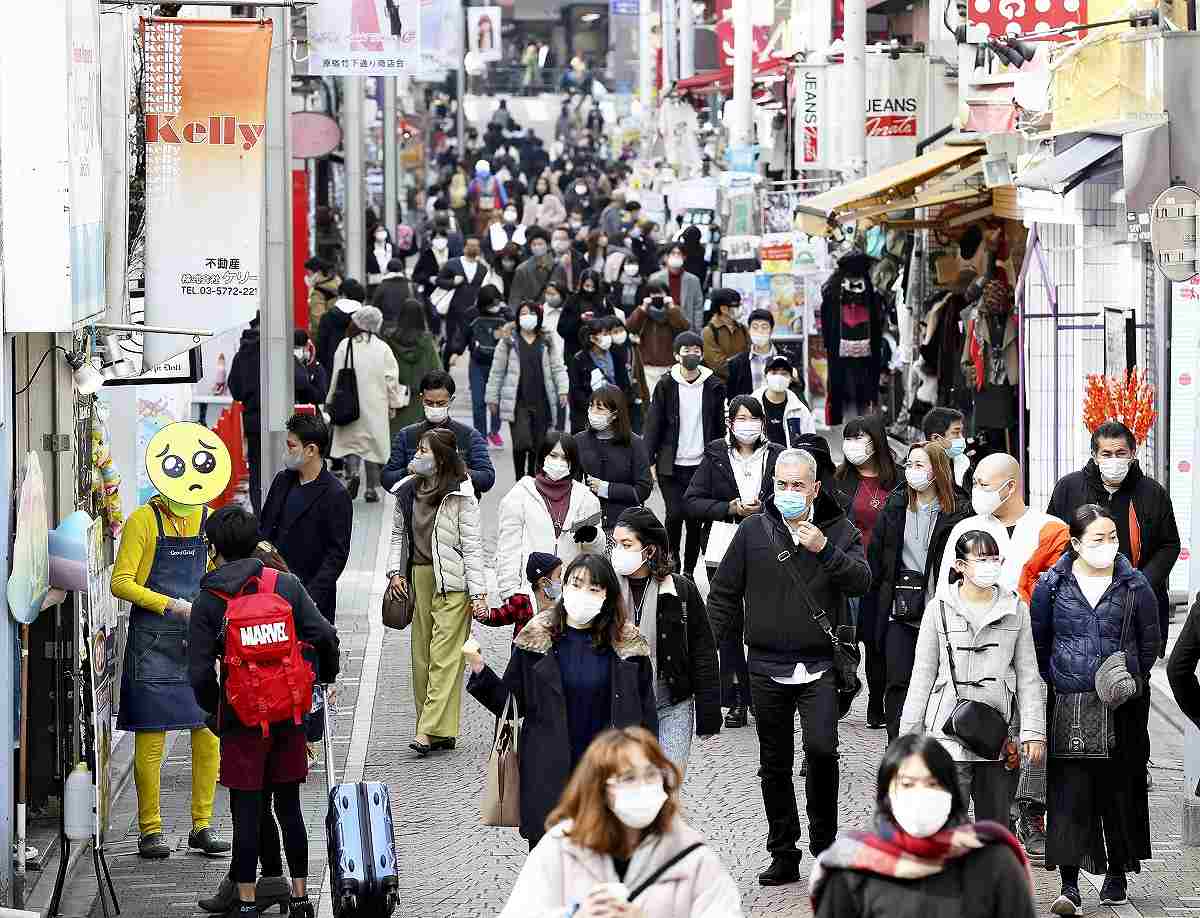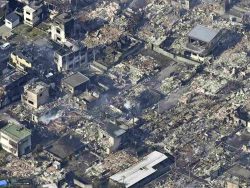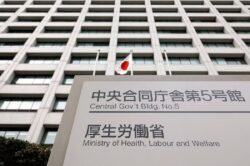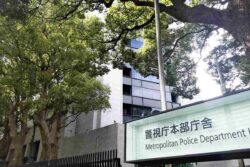
Takeshita-dori street in front of JR Harajuku Station in Tokyo’s Shibuya Ward is crowded with shoppers around noon on Saturday.
15:39 JST, December 14, 2020
People were out and about in major cities where the novel coronavirus is surging, even after two weeks have passed since the government referred to the period up to mid-December as a “crucial three weeks” for curbing the spread of the virus.
Experts are calling on the public to be vigilant and prevent infections by reducing personal contact as much as possible.
Information technology company Agoop Corp., which is affiliated with SoftBank Corp., collected location information data from smartphones across the cities. The Yomiuri Shimbun used this data to analyze the flow of people in urban areas’ entertainment districts and around major train stations to make comparisons among three periods: the weeks of Nov. 21-27, Nov. 28-Dec. 4 and Dec. 5-11.
The flow of people in the first week — which includes Nov. 25 when Yasutoshi Nishimura, the minister in charge of economic revitalization and measures against the novel coronavirus, warned the public of the “crucial three weeks” — was set at 100%.
The percentages dropped by several points in the second week in Tokyo’s Kabukicho district in Shinjuku Ward, around Sapporo’s Susukino Station in Hokkaido and near Hakata Station in Fukuoka Prefecture, but then slightly increased in the third week. The number of people around Sakae Station in Nagoya, Aichi Prefecture, decreased slightly.
At Nanba Station in Osaka, the number of people dropped 17 points in the third week, apparently in response to the Osaka prefectural government on Dec. 3 raising its coronavirus alert level to red, indicating a state of emergency on the prefecture’s independently devised scale.
“Most people don’t seem concerned about the coronavirus as few know anyone who has been infected,” said Koji Wada, a professor at International University of Health and Welfare and specialist in public health.
“But, it seems people are letting their guard down, and the more they go out, the greater the chances they will get infected,” Wada said. “Considering the economic impact, it’s difficult to drastically reduce the number of people on the streets. So, it’s necessary for each one of us to take measures such as avoiding crowds.”
"Society" POPULAR ARTICLE
-

Tokyo’s Off Limit Areas Becoming Popular for Tours
-

Fire Damages 170 Buildings in Oita, Western Japan
-

Tatsuya Nakadai, Japanese Actor, Dies at 92; Appeared in Films Including “The Human Condition” and “Ran” (UPDATE 1)
-

M5.7 Earthquake Hits Japan’s Kumamoto Pref., Measuring Upper 5 Intensity, No Tsunami Expected
-

No Easy Fix for Tokyo’s Soaring Real Estate Prices
JN ACCESS RANKING
-

Govt Plans to Urge Municipalities to Help Residents Cope with Rising Prices
-

Japan Resumes Scallop Exports to China
-

Japan Prime Minister Takaichi Vows to Have Country Exit Deflation, Closely Monitor Economic Indicators
-

Japan to Charge Foreigners More for Residence Permits, Looking to Align with Western Countries
-

JR East Suica’s Penguin to Retire at End of FY2026; Baton to be Passed to New Character























